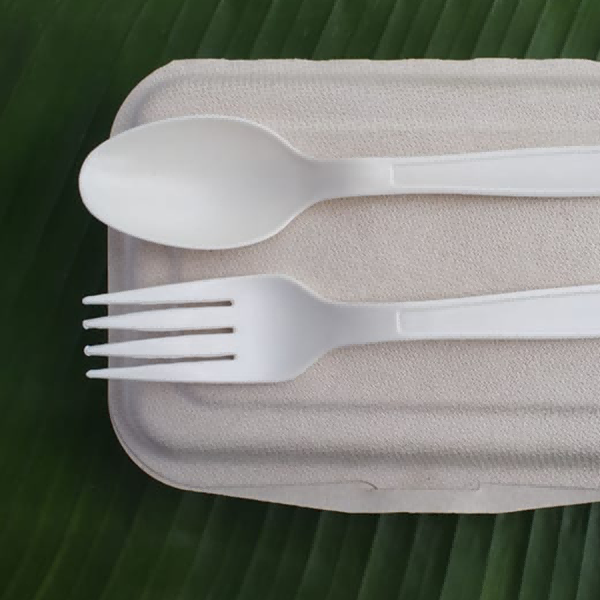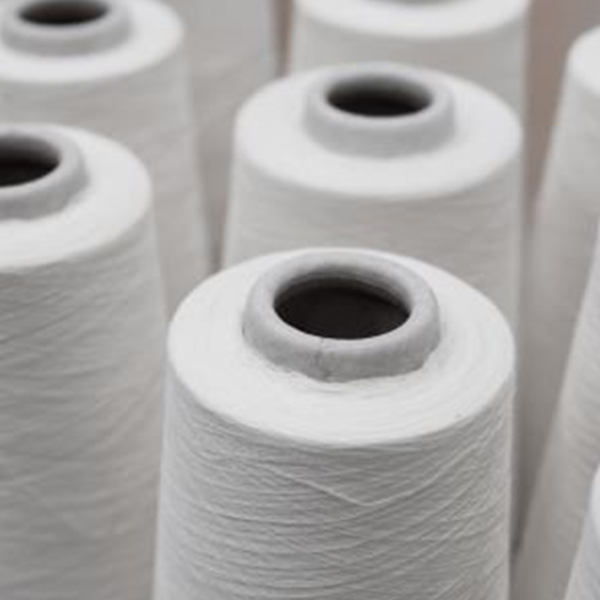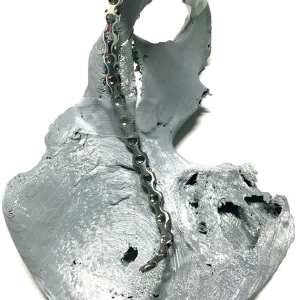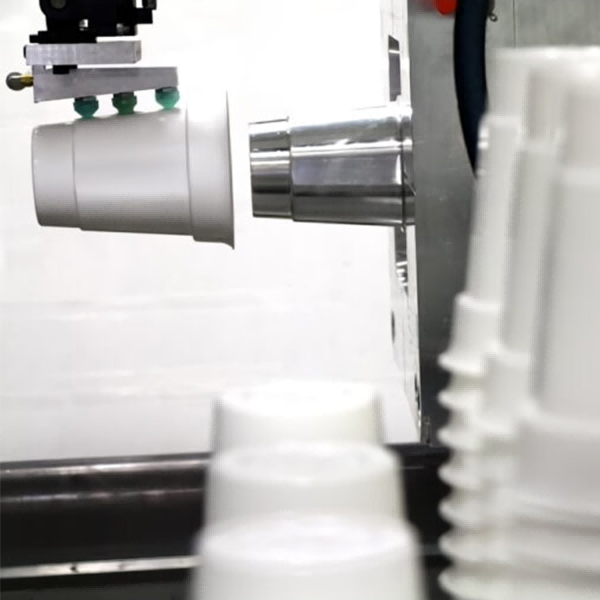-
 Call Us +86 18013887987
Call Us +86 18013887987 -
 Email Us xkq@njbaitong.cn
Email Us xkq@njbaitong.cn







-----------------------------------
PLA (poly(lactic acid))
Application scenarios: food packaging (cup, bowl, lid, film), disposable tableware, 3D printing wire, fiber (non-woven fabric, clothing), injection molding products (toys, daily necessities), medical devices (absorbable sutures, bone nails).
Appropriate additives and functions:
Nucleating Agent: The Key Enabler! PLA's extremely slow crystallization rate results in poor heat resistance (low HDT). High-efficiency nucleating agents (organic/inorganic) significantly enhance crystallization speed and degree, dramatically improving heat resistance (HDT exceeding 100°C), shortening injection molding cycles, enhancing dimensional stability, and resolving deformation issues in hot-fill packaging and thermal food containers.
Epoxy chain extender: (recycled PLA, blends, high viscosity applications such as 3D printing/foaming) repair processing or hydrolytic degradation, improve melt strength and viscosity, improve processing stability (reduce drawing, break film), increase foaming ratio, enhance interlayer bonding (3D printing), improve toughness.
Toughening masterbatch: (Core requirement!) Unmodified PLA is brittle. Toughening masterbatch (based on bio-based elastomer or biodegradable toughening agent) is the key to improve the impact toughness and crack resistance of PLA (e.g., cup lid hinge), so that it can be applied in more application scenarios.
Hydrolytic inhibitors (carbodiimide): Use with caution/contraindicated! Strongly not recommended! May severely impede PLA's biodegradation (hydrolysis being the critical first step in PLA degradation). Should only be considered for extremely rare non-degradable applications requiring extended storage periods followed by special treatment (e.g., incineration), with clear disclosure of potential impacts to customers.
Lubricating masterbatch: (injection molding, extrusion, 3D printing) Improve processing fluidity, reduce mold sticking, improve demolding and surface finish of products.
Anti-aging masterbatch: (to regulate service life and outdoor application) Controls the rate of light/thermal degradation, prolongs the service life of outdoor products (e.g. flower pots) or prevents premature aging during storage/transportation. It is necessary to ensure that the stabilizer contained is degradable or low-toxic.